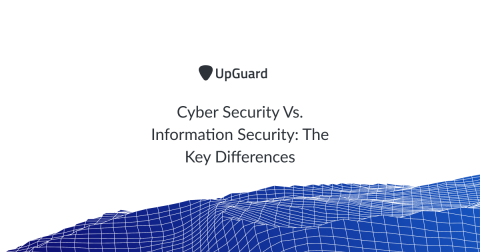What is Personally Identifiable Information (PII)?
Personally identifiable information (PII) is data that could identify a specific individual. Information that can be used to distinguish an individual's identity from another or be used to deanonymize anonymous data is also considered PII. While PII has several formal definitions, think of it as any information that can be used on its own or with other information to identify, contact or locate a particular person.











